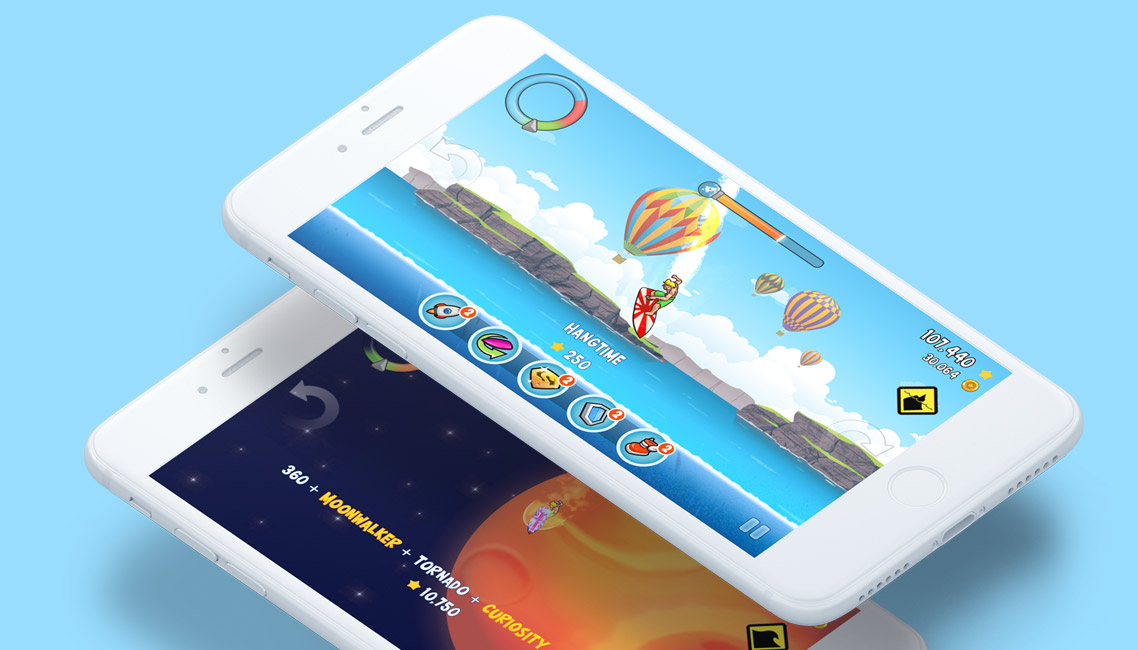Technology
Different Time Lines for Website Design Services in Melbourne

Building an Ecommerce Website Design Melbourne is an important investment for any business or organization. The website is often the first point of contact for customers and can have a significant impact on your brand image, reputation, and revenue. One of the most common questions that businesses have when they are starting a website build is how long the process will take. In this blog post, we’ll discuss the factors that can impact the timeline for a website build and provide some general guidelines on how long you can expect the process to take.
Factors that Impact Website Build Timeline
- Website Complexity
The complexity of your website is one of the most significant factors that can impact the timeline for your website build. A simple brochure website with a few pages and basic functionality will take much less time to build than a complex e-commerce website with hundreds of products, advanced functionality, and integrations with other systems.
- Customization Requirements
If you need a website that is fully customized to your business requirements, the timeline for the website build will be longer. Customization involves developing a unique design, creating specific functionality, and integrating with other systems, which can take additional time and resources.
- Content Availability
The availability of content for your website can impact the timeline for your website build. If you have all the content ready, including text, images, and videos, your website build will move more quickly. However, if you need to create new content or wait for content to be provided by others, it can delay the website build process.
- Team Availability
The availability of your website build team can also impact the timeline for your website build. If the team is fully dedicated to the project, the website build process can move more quickly. However, if team members are working on multiple projects simultaneously or have other commitments, it can delay the website build timeline.
- Revisions and Changes
The number of revisions and changes required during the website build process can impact the timeline for your website build. If you have clear requirements and provide feedback in a timely manner, the website build process will move more quickly. However, if there are multiple rounds of revisions or significant changes required, it can delay the website build timeline.
Website Build Timeline Guidelines
While the timeline for a website build will vary depending on the factors mentioned above, there are some general guidelines that can help you understand how long you can expect the process to take.
- Simple Brochure Website: 4-6 Weeks
A simple brochure website with a few pages and basic functionality can be built in 4-6 weeks. This type of website usually involves a pre-designed template and does not require extensive customization or complex functionality.
- Customized Brochure Website: 8-12 Weeks
A customized brochure website that requires a unique design, additional functionality, and content development can take 8-12 weeks to build. This type of website usually involves a custom design and additional features such as contact forms, image galleries, and social media integration.
- E-commerce Website: 12-20 Weeks
An e-commerce website with advanced functionality, hundreds of products, and integrations with other systems can take 12-20 weeks to build. This type of website requires extensive customization and testing to ensure that the online store is fully functional and secure.
- Custom Website: 16-24 Weeks
A fully customized website with unique design, advanced functionality, and integrations with other systems can take 16-24 weeks to build. This type of website requires significant development time and resources and may involve multiple rounds of revisions and changes.
Conclusion
In conclusion, the timeline for a Mobile Application Design Melbourne will vary depending on several factors such as website complexity, customization requirements, content availability, team availability, and revisions and changes.

